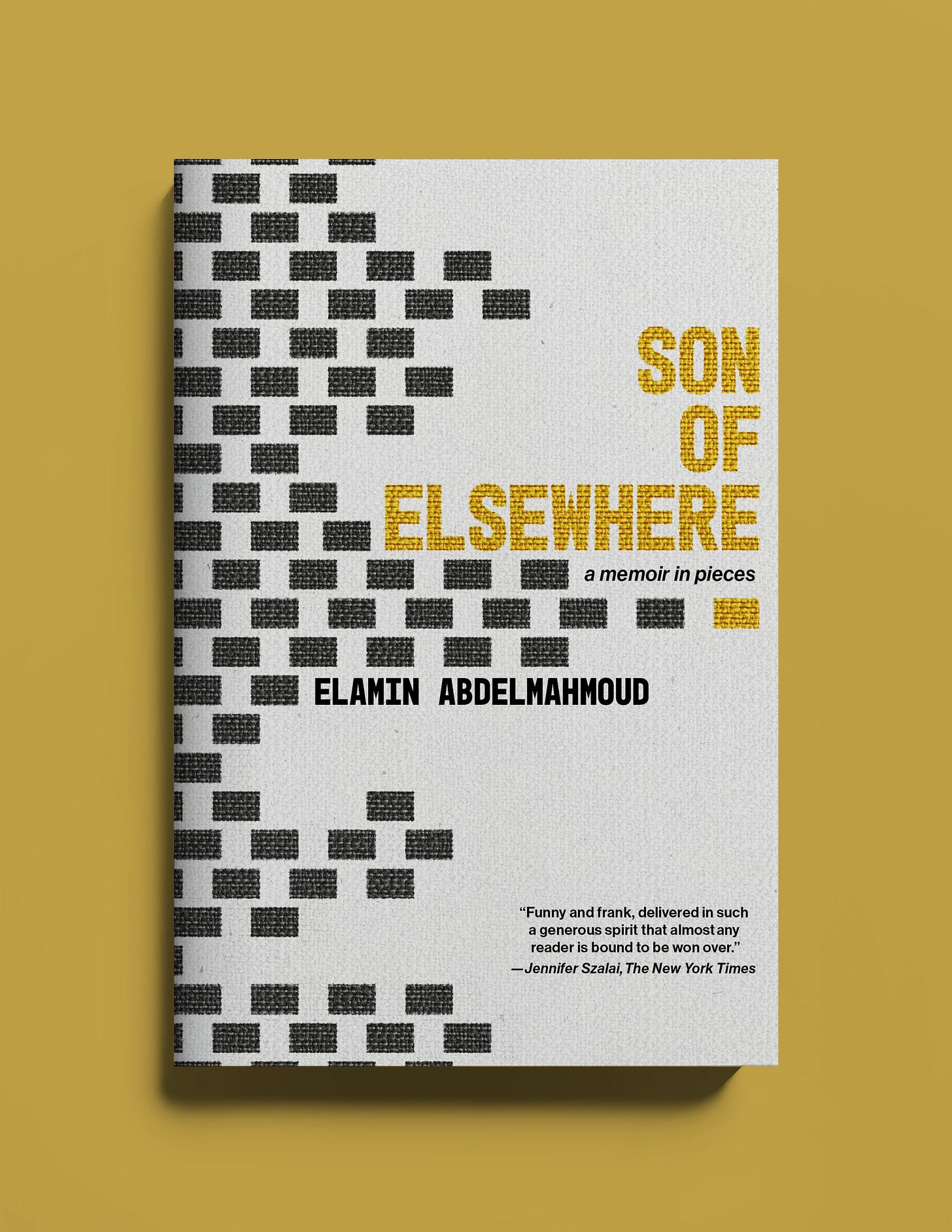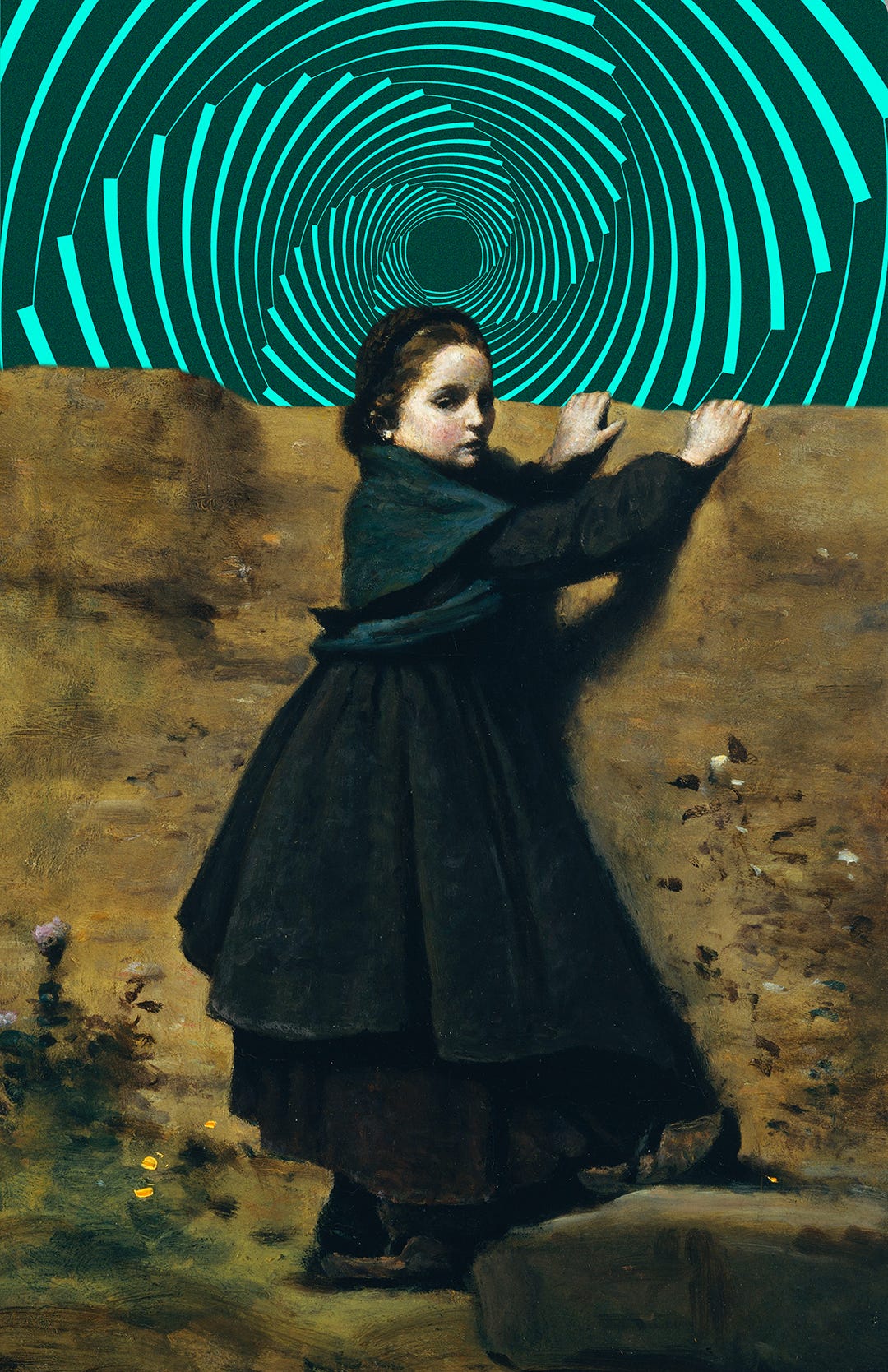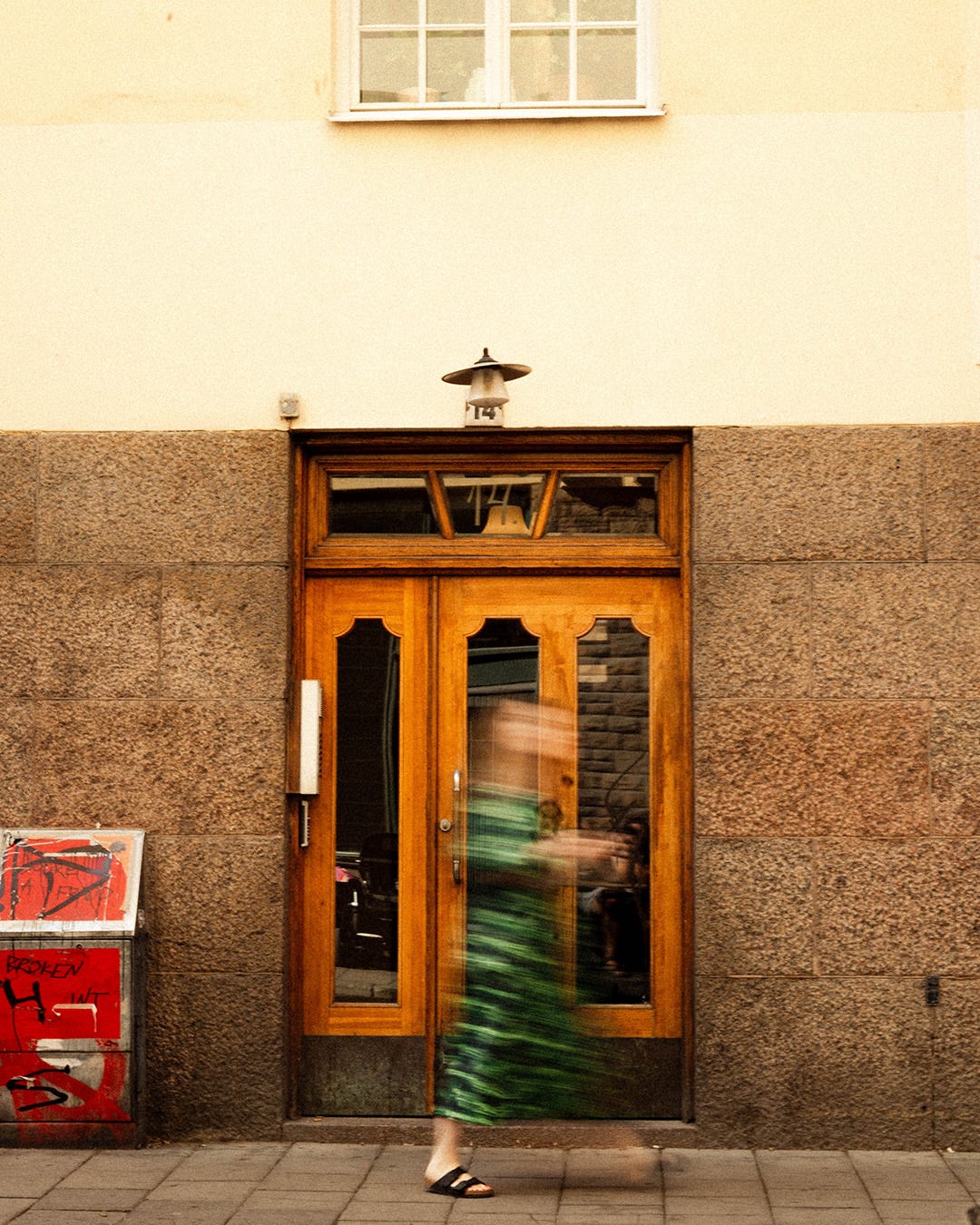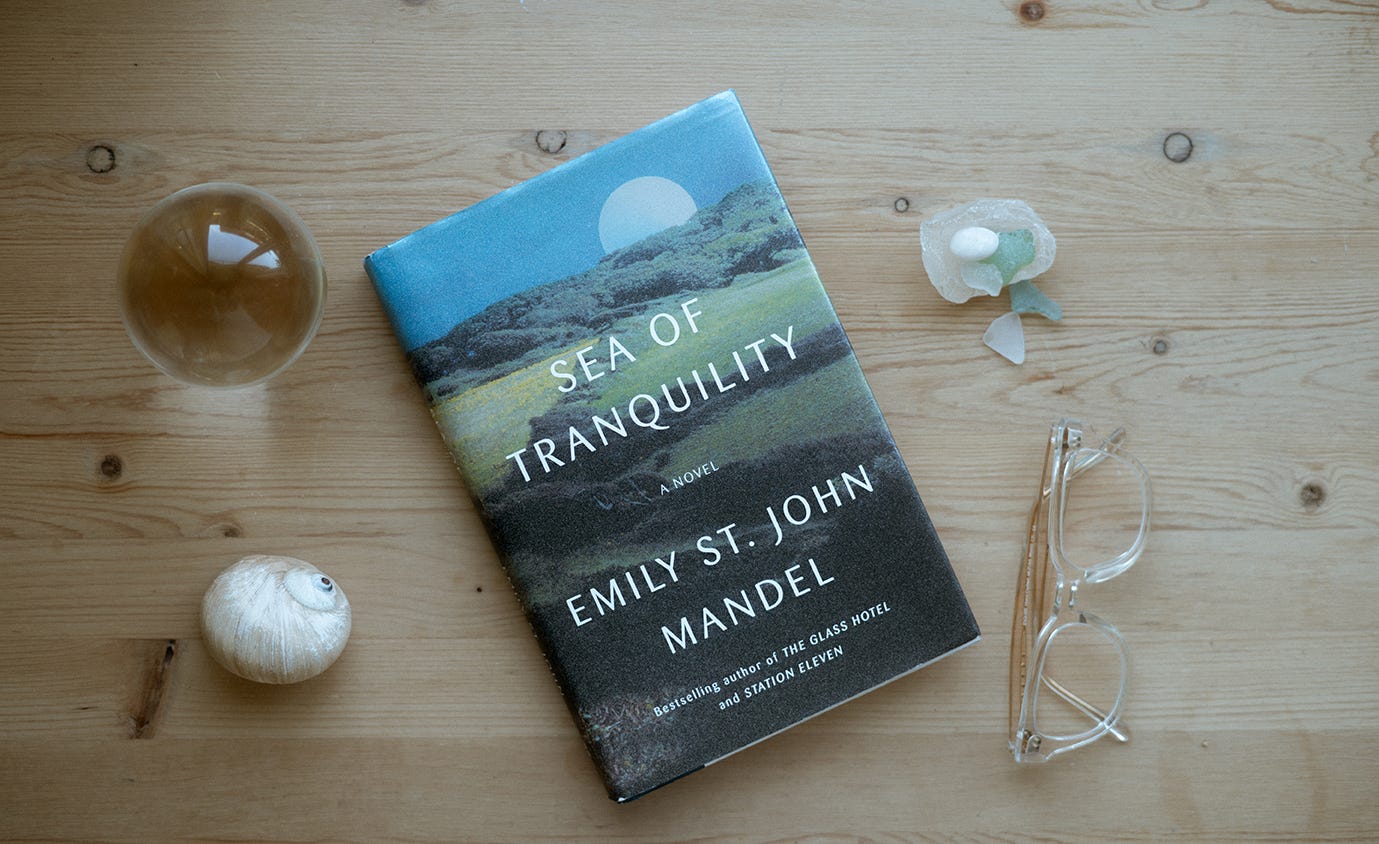The Discipline of Play: What if your best idea is the one you’re not taking seriously?
A creative prompt, a book cover submission, a podcast invitation. And what they reveal about making space for playful work.
I’ve spent the past few weeks doing something out of character for me: not overthinking.
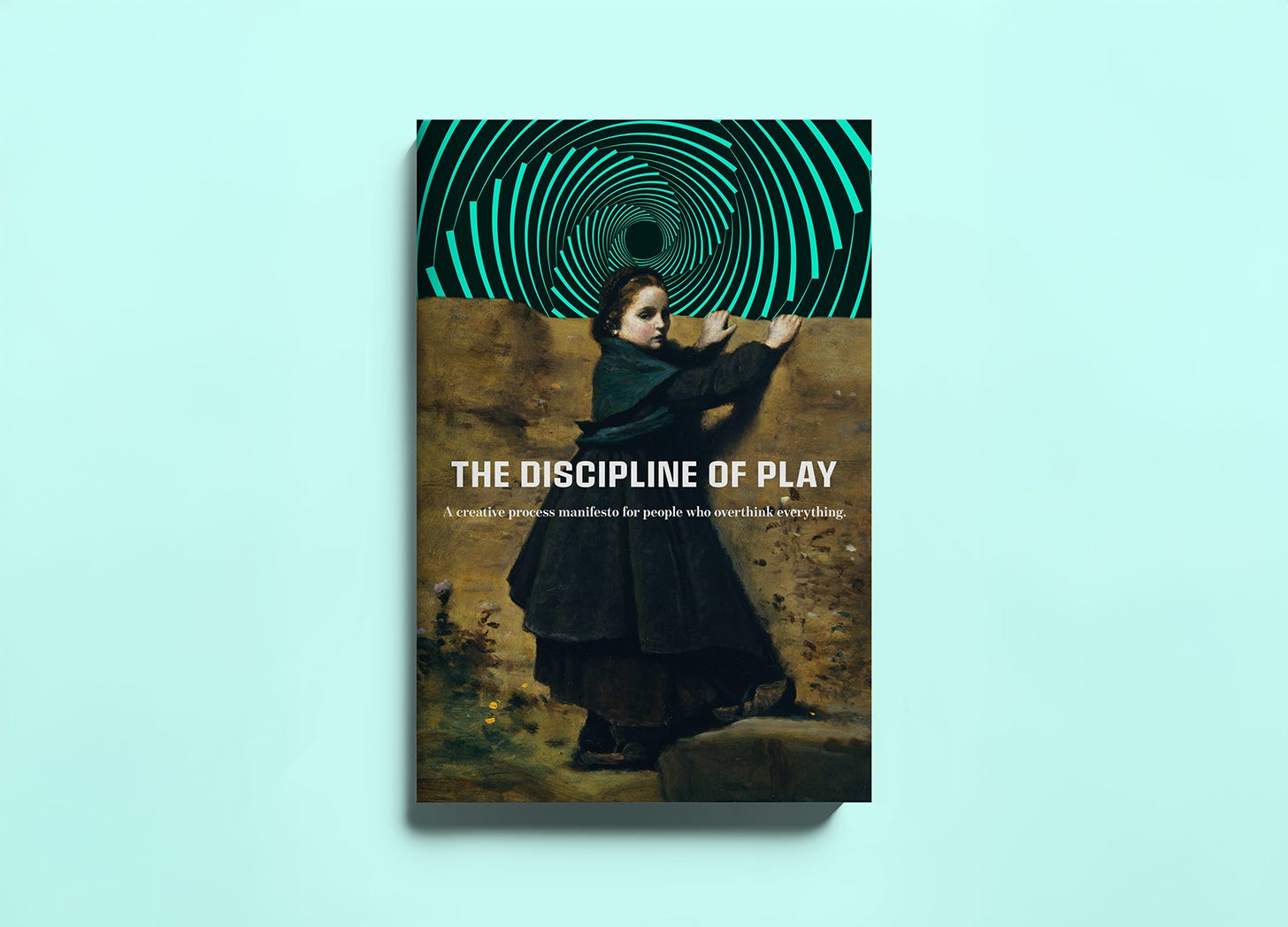
I submitted a book cover design. Filmed a talking-head video. Asked a client if I could interview her—for her podcast.
None of it was part of a neat five-year plan. But each moment reminded me: if I want to stay in love with my goals, I need to leave room for play.
Why? Because play keeps us going as creatives.
When we talk about play and creativity, the assumption is often that play is what happens when we aren’t working. That it’s indulgent. Optional. Unproductive.
But I think the opposite is true.
Play is part of the work. It’s how we get better.
Play is a way of listening. You’re not just doing something silly or aimless, you’re staying responsive to what feels alive, what sparks unexpected connections. Play isn’t separate from purpose, it’s what keeps your creative goals alive.
There’s free play—hobbies and experiments that aren’t tied to outcomes. But there’s also purposeful play, where we soften the edges of a goal, loosen our grip on the outcome, and try something different within the thing we care about.
Without that kind of play, creative work calcifies into production. We start repeating what’s worked, just to keep up.
Is the goal to write weekly? Or is it to become a better writer?
One is a habit. The other is a transformation. And transformation doesn’t happen without experimentation.
Play Within the Practical
Most of my paid creative work falls under the umbrella of brand support—writing emails and blogs, creating content, editing photos and videos, building campaigns. I also help shape brand systems: voice, tone, audience strategy, and visual identity.
There’s always a clear goal. A call to action. A conversion metric. Sometimes it’s more long-term, like brand resonance—the slow-building trust and recognition people need before they’re ready to buy.
But what keeps me engaged isn’t just the strategy. It’s the emotional layer underneath: trust, resonance, curiosity.
That’s why I’ve been exploring ways to bring more play into my personal creative goals. Recently, I submitted a book cover design—not for a client, but for a competition. There was a thorough brief, and I did the research. But what unlocked the final concept wasn’t logic. It was letting myself follow a thread.
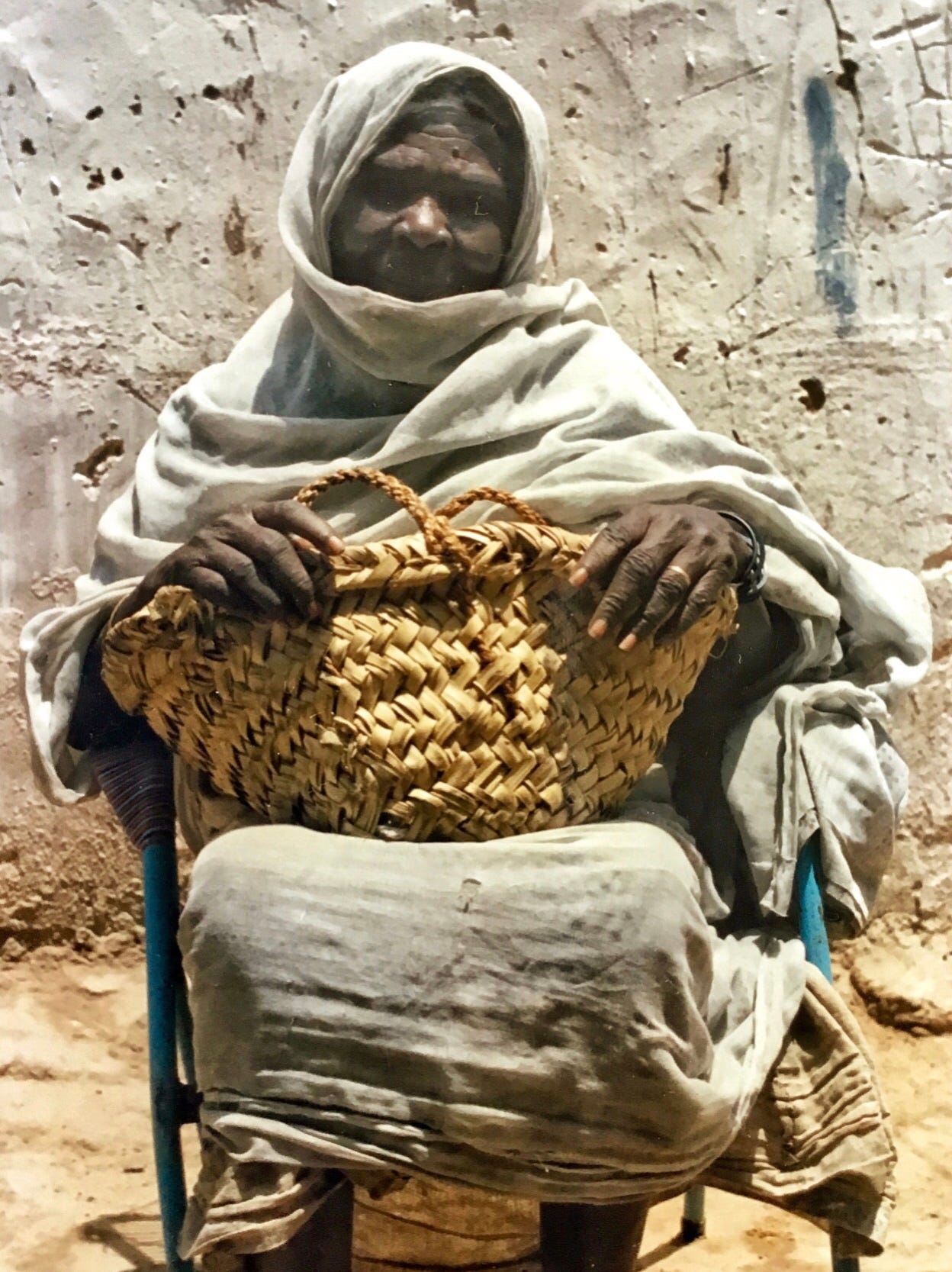
I started with traditional Sudanese shopping baskets, then found a Sudanese playlist on Spotify, which led me to the musician Sudan Archives. Her music, while not from Sudan, draws on East African traditions and explores her identity in layered, experimental ways. That mix of heritage and reinvention reminded me of the book itself—Son of Elsewhere—a story rooted in migration, memory, and the search for belonging.
From there, the visual language came together: a woven texture that degraded across the page, hinting at transition and unraveling. A yellow highway line emerging from the weave, echoing one of the core visual cues in the brief.
The result wasn’t my first idea. It was my fifth or sixth. I got there by being willing to play.
What I’ve Been Playing With
In the past few weeks, I’ve been quietly experimenting:
Filmed a talking-head video about whether design school is worth it. I’m still editing, but I plan to release it this week. Minimal edits. Just going to full send this one.
Recorded vlog-style footage for the first time, even though that’s always intimidated me. A friend invited me to do a collab post, and I said yes, knowing it would push me out of my comfort zone.
Took a short, action-focused YouTube course. Not for theory, but to actually do something. And it worked. I’ve started tackling ideas I would have once avoided—like filming myself talking to camera.
Asked a client if I could interview her... for her own podcast. I’ve been circling the idea of podcasting for years, and this felt like a way in. She was thrilled. We’re already making plans.
None of this was part of a rigid timeline or some master plan. But each step moved me forward toward a bigger vision, without requiring everything to be so serious.
To you, they might seem random. But to me, each one connects to a far-off vision I have for myself. I’m building the structure, even if the path isn’t linear.
Sometimes momentum shows up when you loosen your grip.
The Power of White Space
If you feel resistance to play, I get it. I used to feel the same—especially when I was focused on delivering exactly what was expected. I made space for experimentation when it served a client project, but when it came to my own ideas, I told myself I didn’t have time.
That’s why I started building in white space. It’s intentional time in my week with no set outcome. A pocket to follow curiosity, experiment, or simply pause
This kind of space makes room for the unexpected. Like the book cover design—something I took on even though I wasn’t actively marketing that service. And yet it became one of the most creatively satisfying projects I’ve done in a while.
Not everything you make will be useful right away. Some things might never be. That doesn’t make them a waste.
Why submit a book cover design when I’m not actively offering that as a service?
Because I wanted to. Because it brought joy. Because it reminded me why I wanted to be a designer in the first place.
White space gives you permission to follow threads you don’t have to explain.
But What About Mastery?
A fair question. A skeptic might say, “Structure and repetition are what lead to mastery. Too much play dilutes focus and slows down progress.”
And they’re right... to a point.
Repetition builds skill. But without play, that repetition can become mechanical. We stop inventing and start mimicking—even mimicking ourselves.
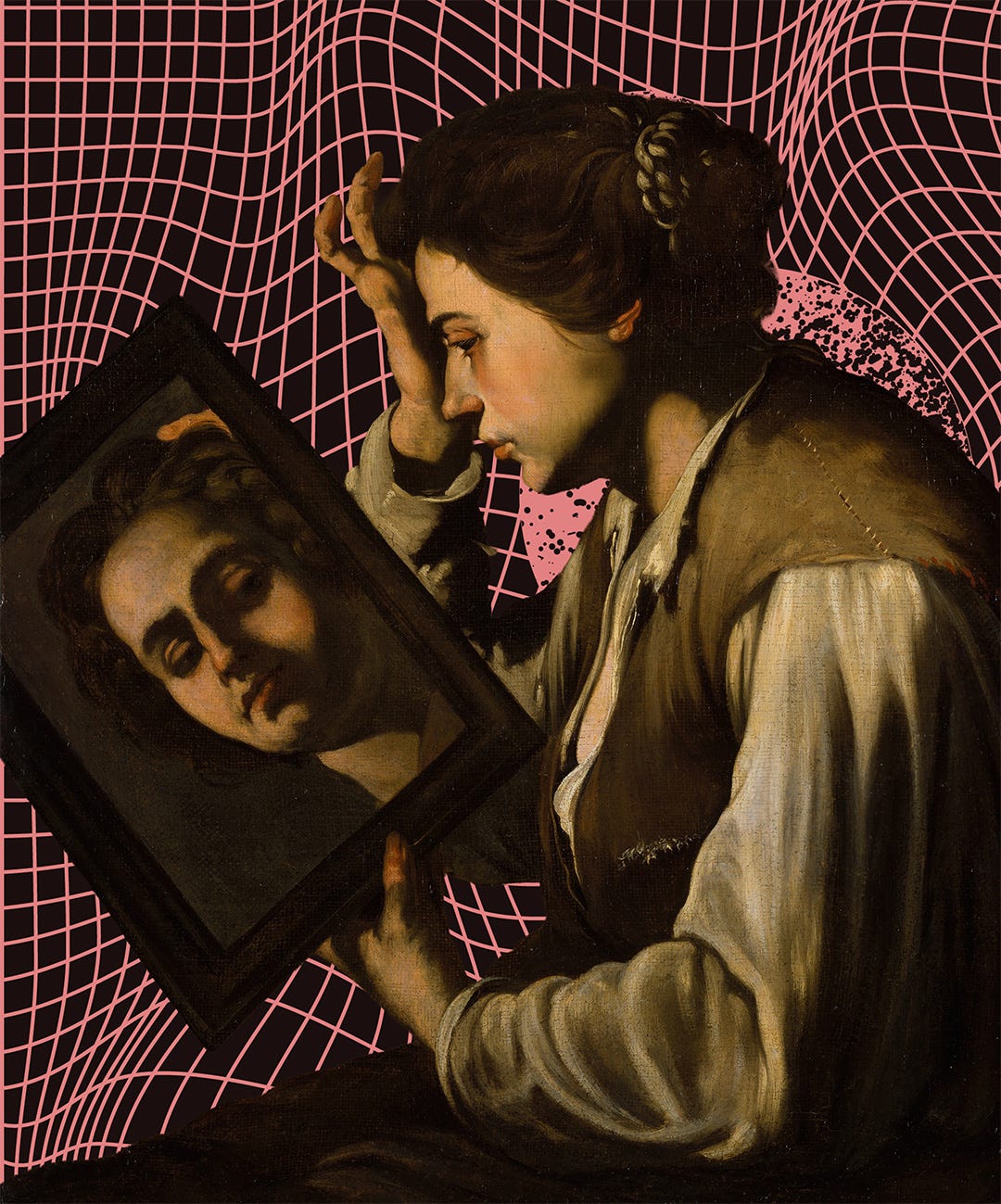
But not all play is created equal.
There’s a difference between generative play and escapist dabbling.
Generative play deepens your connection to the work. It sparks curiosity, helps you see familiar things in new ways, and often leads to unexpected insights that still support your goals.
Escapist dabbling, on the other hand, tends to scatter your energy. It keeps you busy but unfocused—jumping from one thing to the next without intention or follow-through. It feels exciting in the moment but rarely builds toward anything lasting.
The difference isn’t in the activity itself. It’s in the relationship you have to it. Are you expanding your practice, or avoiding it?
The kind of play I’m talking about is intentional. It lives within a scaffolding of purpose. You’re not abandoning structure, you’re softening it just enough to let new life in.
The Takeaway
Play isn’t a detour from serious work. It’s what keeps serious work alive.
It’s not a rejection of structure, but a way to keep structure breathing.
The work that moves us forward isn’t always visible to others. Sometimes it’s the book cover you never planned to share. Or the willingness to follow an idea that doesn’t “fit” yet.
I’ve often remind myself: I am my own dream client.
That means I set the deadlines that matter, and I let myself go down rabbit holes too.
Play keeps me from going stale. It keeps me aligned not just with my goals, but with the reason I had those goals in the first place.
And for that, I’ll keep making room for it.
We’re allowed to be the curious child at the edge of something new
A Creative Prompt to Try This Week
Pick one area of your current creative work—writing, design, content, teaching, and ask yourself:
“What would I do if I didn’t have to explain it to anyone?”
Now do a version of that.
Not the polished, rational version. The one that feels a little unserious, a little extra. See what happens.
Personal Work
I have an ongoing door project, and one of my favourite images from the series is No. 14. Why? I sat down at a coffee shop across the street and tried something new. I slowed down my shutter speed and waited for someone to walk past in a bright outfit. It took steady hands and patience, but I got it. I brought movement to an otherwise static subject, a door.
Hey, you made it to the end! I have a little secret for you! For the book cover submission, I had to answer a bunch of questions that felt like a mini essay. Honestly, I'm shocked I managed to accomplish the design, the submission, and write this week. I spent half of my weekend being creative, which isn't a bad thing!
One of the questions was "what is your favourite book, and favourite book cover?" I ended up picking the same book for both, because I'm always recommending it. So I thought I should pass it on to you!
Sea of Tranquility by Emily St. John Mandel:
I picked it up at a small bookshop on Denman Island while waiting for the ferry to Hornby—only to realize, once I’d started reading it on the beach, that Mandel herself is from Denman. Maybe that’s why she captures the coast so precisely.
The novel moves through time, pandemics, and overlapping lives, all held together by a quiet, deliberate structure. It’s fragmented without feeling disjointed, and emotionally layered without ever telling you what to feel.
I have a soft spot for books like this—thoughtful, slightly surreal, and grounded in questions more than answers. And I’ve noticed that many of the books I end up recommending most often are by Vancouver Island or West Coast authors. The Other Valley and Greenwood are two I’ve shared with friends, but Sea of Tranquility is the one I return to most. I like to imagine that when you live in a foggy, rainy place, surrounded by cedars and ferns, it eventually shows up in the writing. I can feel that in this book—how St. John Mandel wrote it as someone who grew up here.
I never like to spoil a book. Instead, it’s the feeling it leaves behind that makes me want to recommend it: melancholy, wonder, hopefulness, nostalgia, serenity, unease, loneliness, and compassion.





